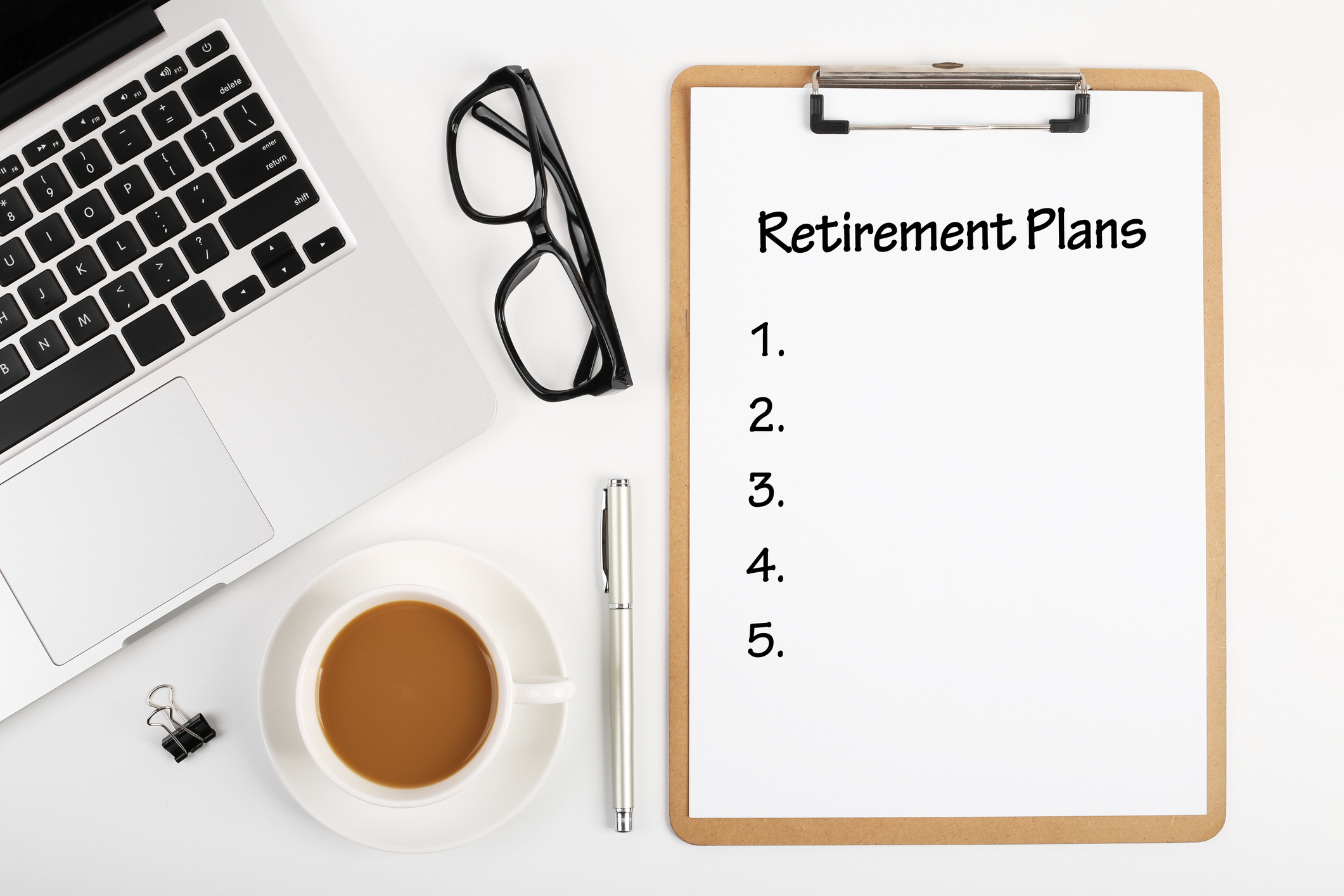Proving a Child Has Income for a Roth
When a kid does informal jobs, keep good records of what is earned.

My 17-year-old grandson wants to open a Roth IRA with money he has earned mowing the neighbor's grass, shoveling snow, walkingthe dog, etc. Because he is paid in cash, how can he prove he has legitimately earned the money?
Don't worry. Your grandson doesn't have to have a W-2 to justify opening an IRA. After all, most kids don't get formal documents for doing informal jobs for neighbors. It would be nice -- in the highly unlikely even that the IRS ever asks about this income -- if he had a contemporaneous log of the jobs and how much he made from each one. If he didn't keep such records, suggest that he prepare such a document now. He needs to know how much he made because the IRA contribution can't exceed his earnings (or $4,000, whichever is less). Your grandson can make a Roth contribution even if he's not required to file a tax return for 2006. Roth contributions aren't reported on the return.
He doesn't actually have to contribute his own money; you or his parents can help. The key is that the contribution can't be more than the earned income limit.
From just $107.88 $24.99 for Kiplinger Personal Finance
Become a smarter, better informed investor. Subscribe from just $107.88 $24.99, plus get up to 4 Special Issues

Sign up for Kiplinger’s Free Newsletters
Profit and prosper with the best of expert advice on investing, taxes, retirement, personal finance and more - straight to your e-mail.
Profit and prosper with the best of expert advice - straight to your e-mail.
The big payoff comes in the future. If your grandson invests $1,000 in a Roth IRA when he's 17, that money will grow to about $47,000 by the time he's 67, if the investments return 8% per year -- which is well below the long-term average return for stocks. That's just from the original $1,000 investment, and the money is tax-free in retirement because it's in a Roth.
If you start your grandson in the saving habit and he continues to contribute $1,000 every year, he will amass more than $600,000 in his Roth by age 67 -- just by contributing about $83 every month.
If he needs money before then, he can withdraw the contributions without a penalty at any time and can withdraw up to $10,000 tax-free and penalty-free for a first home.
He still has until April 16, 2007, to open a Roth IRA based on his 2006 income and can contribute to a 2007 Roth anytime now, too.
For more information about opening a Roth for a child, including a list of fund companies and brokerage firms that will open Roth IRAs for children, see Roth Rules for Kids.
Profit and prosper with the best of Kiplinger's advice on investing, taxes, retirement, personal finance and much more. Delivered daily. Enter your email in the box and click Sign Me Up.

As the "Ask Kim" columnist for Kiplinger's Personal Finance, Lankford receives hundreds of personal finance questions from readers every month. She is the author of Rescue Your Financial Life (McGraw-Hill, 2003), The Insurance Maze: How You Can Save Money on Insurance -- and Still Get the Coverage You Need (Kaplan, 2006), Kiplinger's Ask Kim for Money Smart Solutions (Kaplan, 2007) and The Kiplinger/BBB Personal Finance Guide for Military Families. She is frequently featured as a financial expert on television and radio, including NBC's Today Show, CNN, CNBC and National Public Radio.
-
 CD Maturing Soon? Here's What to Do Next
CD Maturing Soon? Here's What to Do NextThese strategies of what to do when you have a CD maturing soon will have you maximizing returns even with rate cuts.
-
 How to Make 2026 Your Best Year Yet for Retirement Savings
How to Make 2026 Your Best Year Yet for Retirement SavingsMake 2026 the year you stop coasting and start supercharging your retirement savings.
-
 You Saved for Retirement: 4 Pressing FAQs Now
You Saved for Retirement: 4 Pressing FAQs NowSaving for retirement is just one step. Now, you have to figure out how to spend and maintain funds. Here are four frequently asked questions at this stage.
-
 The 'Scrooge' Strategy: How to Turn Your Old Junk Into a Tax Deduction
The 'Scrooge' Strategy: How to Turn Your Old Junk Into a Tax DeductionTax Deductions We break down the IRS rules for non-cash charitable contributions. Plus, here's a handy checklist before you donate to charity this year.
-
 New 2026 Tax Change Could Mean More for Your IRA and 401(k) Savings
New 2026 Tax Change Could Mean More for Your IRA and 401(k) SavingsRetirement Savings Here's how the new IRS inflation adjustments will increase the contribution limits for your 401(k) and IRA in the new year.
-
 10 Retirement Tax Plan Moves to Make Before December 31
10 Retirement Tax Plan Moves to Make Before December 31Retirement Taxes Proactively reviewing your health coverage, RMDs and IRAs can lower retirement taxes in 2025 and 2026. Here’s how.
-
 Claiming the Standard Deduction? Here Are Five Tax Breaks for Retirement in 2025
Claiming the Standard Deduction? Here Are Five Tax Breaks for Retirement in 2025Tax Tips If you’re retired and filing taxes, these five tax credits and deductions could provide thousands in relief (if you qualify).
-
 IRS Names Its First CEO: But He’s Also Still Running Social Security
IRS Names Its First CEO: But He’s Also Still Running Social SecurityTax News Will this new role make it difficult to address emerging issues like budget and staffing cuts and customer service concerns?
-
 IRS Phasing Out Paper Checks: What Happens After September 30?
IRS Phasing Out Paper Checks: What Happens After September 30?Tax Changes Avoid delays when IRS tax refunds and Social Security paper checks are cut off. Here’s what to know.
-
 Ask the Editor, September 12: Tax Questions on 529 Plan Rollovers to a Roth IRA
Ask the Editor, September 12: Tax Questions on 529 Plan Rollovers to a Roth IRAAsk the Editor In this week's Ask the Editor Q&A, we answer four questions from readers on transferring 529 plan money to a Roth IRA.
-
 Ask the Editor, August 29: Tax Questions on Estate and Gift Taxes
Ask the Editor, August 29: Tax Questions on Estate and Gift TaxesAsk the Editor In this week's Ask the Editor Q&A, we answer questions from readers on estate and gift taxes.